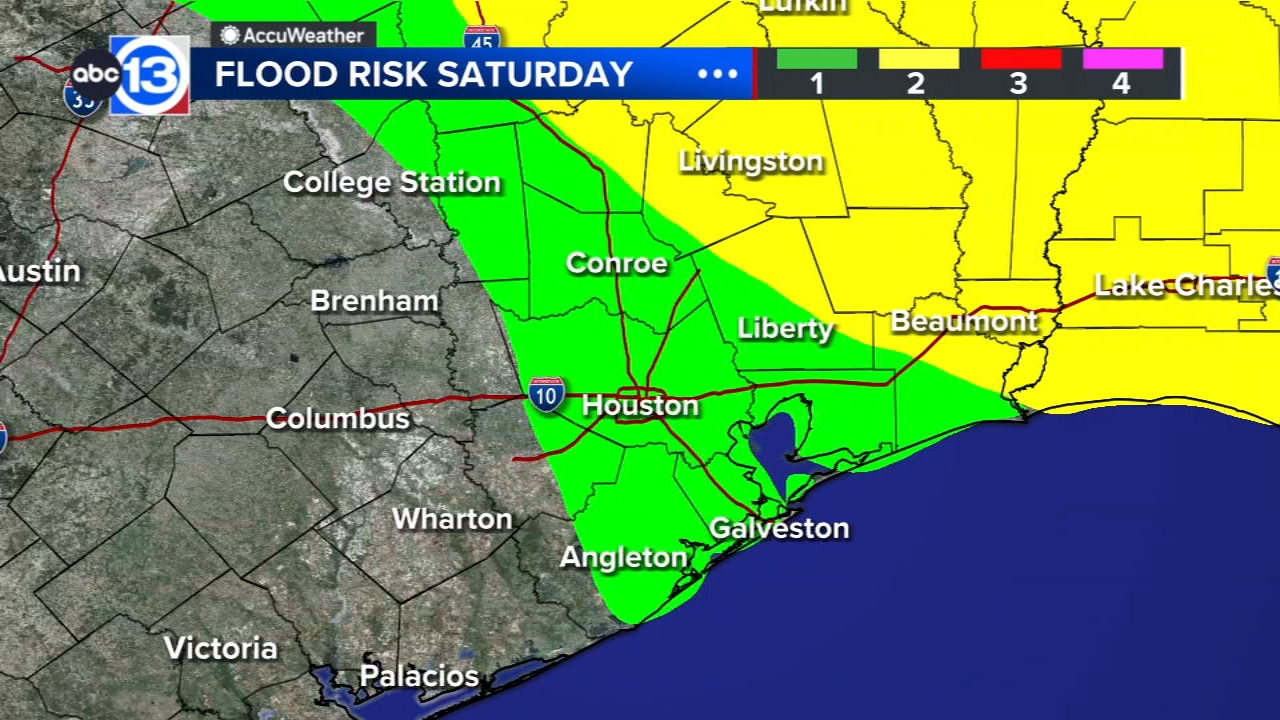Dry Manaus pitch causes concern

MANAUS, Brazil -- Visibly dry, white stripes across the grass pitch at the Amazonian World Cup stadium have heightened concerns about the playing surface ahead of Saturday's key Group D match between Italy and England.
"Frankly, Manaus is in bad shape," said Carlos Botella, head groundsman for the Royal Verd company which is responsible for the turf at Manaus and six other World Cup stadiums. "We've started to implement an emergency plan to try to save the field and improve it as much as possible, but I don't think it'll be in good condition [by the weekend]."
Measures to improve the dry, patchy surface were in full swing on Wednesday.
"Yesterday we put fertiliser, and we'll increase the fertilising process with biostimulants and seeds to try to get the most out of the grass," Botella said.
FIFA issued a statement saying its experts were satisfied that the Manaus pitch will be ready for training and matches and that "mitigation procedures" have been in place for three months.
Royal Verd installed the drainage system and planted the grass at the $229 million stadium and has worked with local contractors to maintain the surface.
Botella said preparing the pitch has been difficult because of access issues, recent rain and problems with algae when the grass was laid. The northwest Brazil city is in the heart of the world's biggest rainforest and reachable only by plane or boat.
"The maintenance has been complicated in Manaus. There're no roads, all the machinery and materials had to be brought by ship," he said. "There's no fertiliser, no seeds. Everything has been complicated."
The Spain-based Royal Verd is working on World Cup stadiums in Rio, Belo Horizonte, Brasilia, Fortaleza, Salvador and Recife as well as training venues for 10 national teams during the tournament.
Manaus has been in the headlines since it was selected as a World Cup host, attracting criticism initially in Brazil because of its distance from the country's other major venues. Before the World Cup draw last year, England coach Roy Hodgson upset local officials with remarks about it being "the place ideally to avoid" because of the humid and steamy weather.
Construction of the 42,000-capacity Arena da Amazonia, with its lattice roof of diamond panels that look like snake scales, was marked by three workers' deaths.
Last month, the Manaus city government declared a state of emergency as the waters of an Amazon River tributary swelled, but said it was a preventative measure to assure swift access to emergency resources and didn't expect it to flood.






